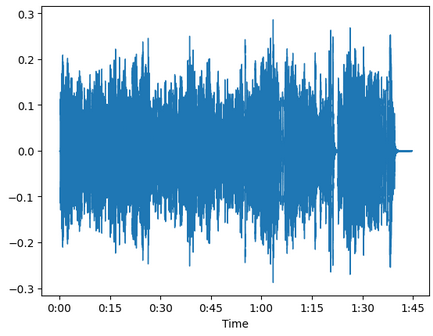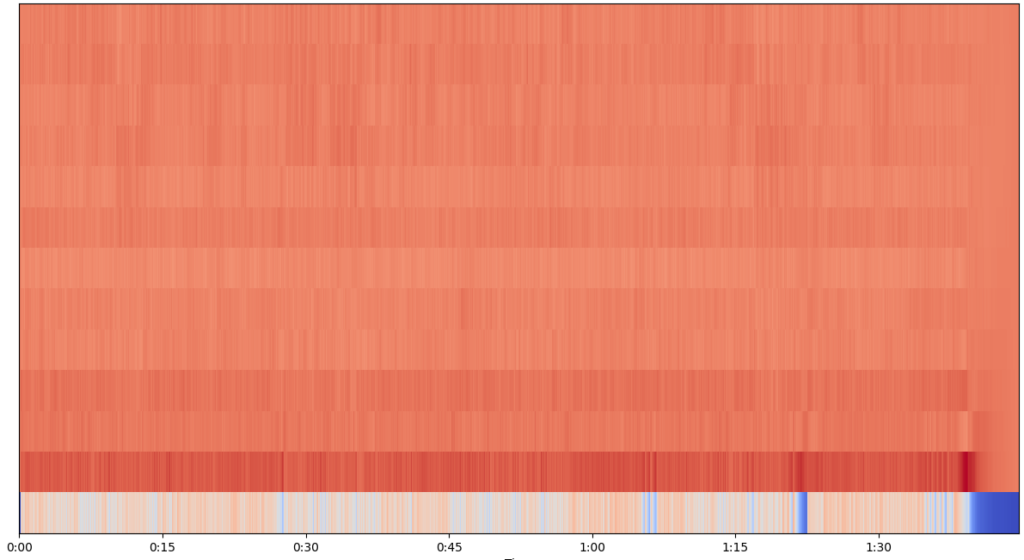The main goal of this project was to investigate deep learning approaches for music composition. With the growing interest in deep learning (DL) and artificial intelligence (AI), there has been a steady increase in the amount of research and technology being released in this area. There is still much room for improvement, especially when compared to fields such as image processing and generation. Nevertheless, it remains an interesting area of study that would warrant further investment.
This project was not limited to research alone, but also consisted in the development of an application that could identify the genre of a piece of music. DL was used to achieve this goal. This was complemented by the use of music information retrieval (MIR) techniques, and a large collection of songs from various genres, which allowed the neural network (NN) model to distinguish between one genre and another.
The project could rely on the availability of wide range of music-composition software, such as OpenAI’s Jukebox. This allows users to request a unique song by providing attributes, such as the artist and genre, from which to draw inspiration, as well as offering lyrics around which the beat could be constructed.
The DL approach made it possible to create music to be fed into the NN, which would determine the genre of the song. This task was carried out to establish the level of accuracy of the NN in question in generating songs of the appropriate genre.

Figure 1. Sound wave of the song or track

Figure 2. Heat map displaying the Mel-frequency cepstral coefficients (MFCCs) of the song or track
Student: Neil Bugeja
Supervisor: Mr Tony Spiteri Staines
